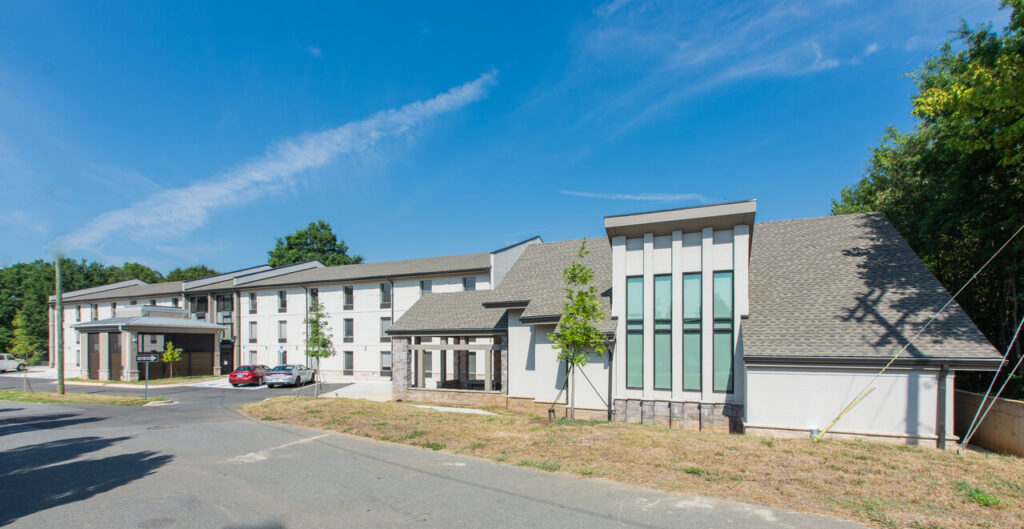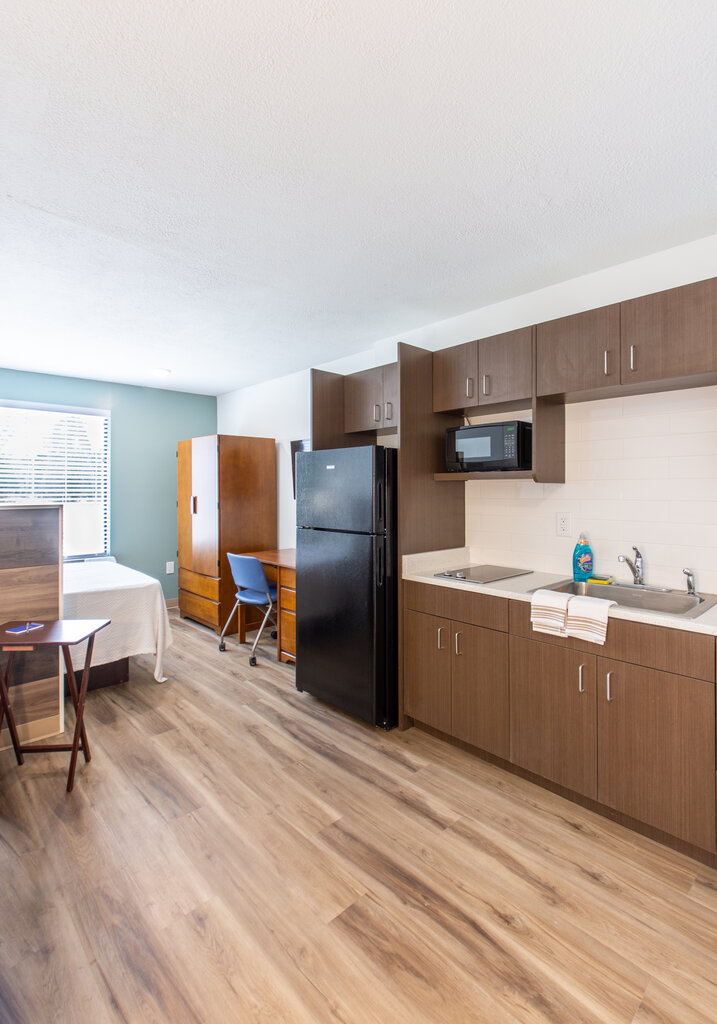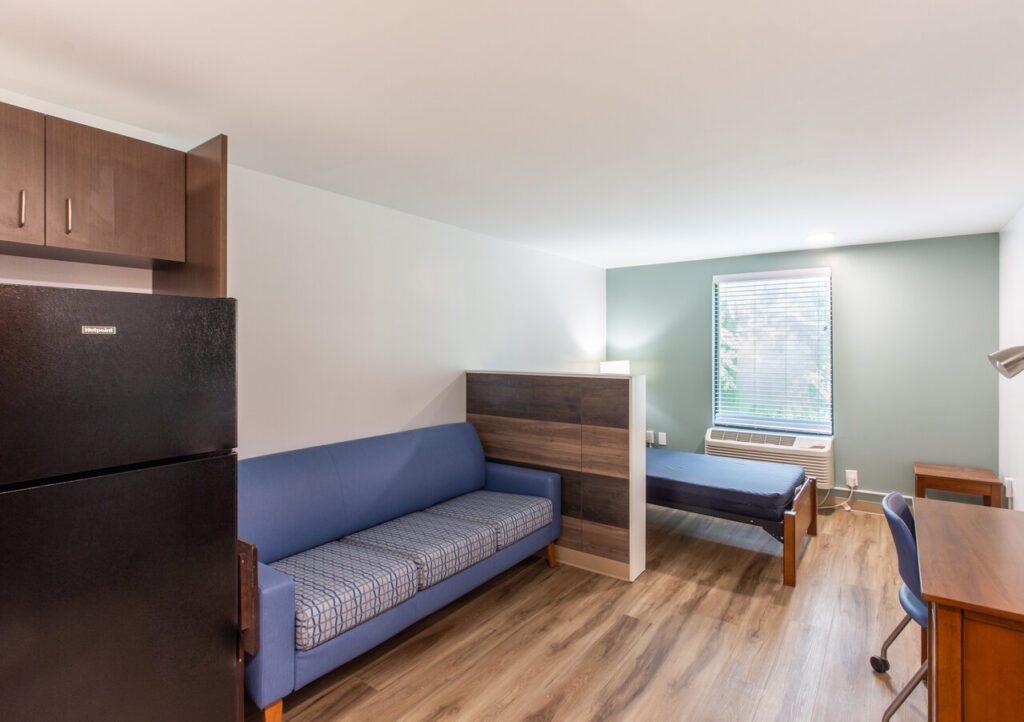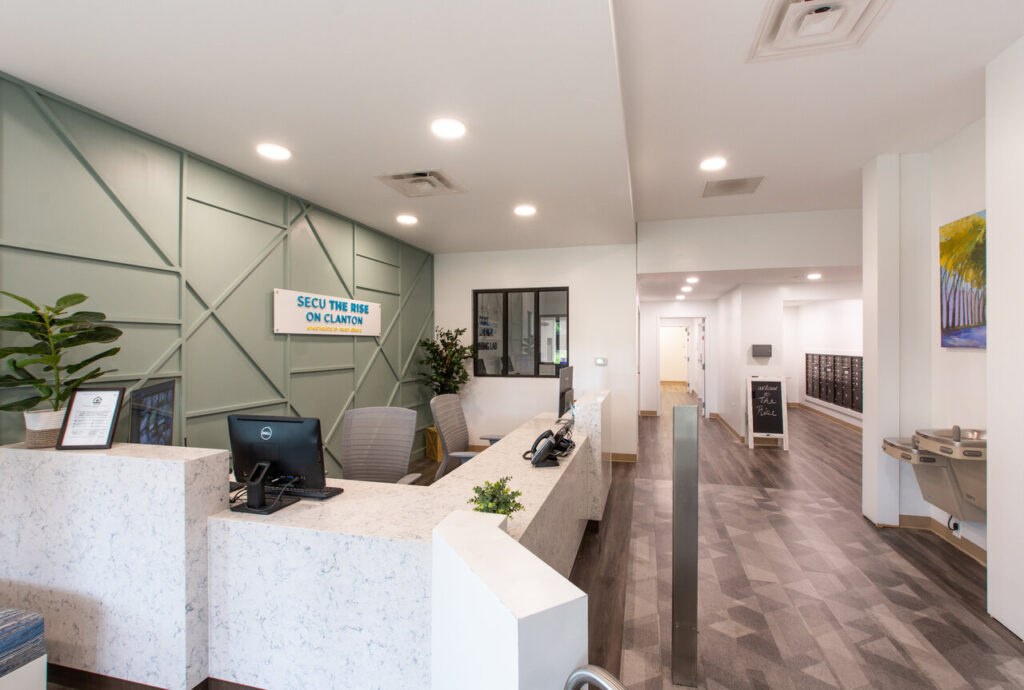Finding new uses for old hotels
by STEPHEN OVERCASH
Transforming existing structures into hotels has been a popular strategy for many years, but what options do hotel owners have when their properties are no longer in workable use? Unfortunately, the pandemic left countless hotels underutilized or obsolete. Many of these hotels are in changing urban neighborhoods and can be repurposed to suit the needs of their evolving communities.
The COVID crisis led tourists and business travelers to look for newer and upgraded hotel accommodations. Outdated hotels were assumed to be less healthy places to stay, leaving many properties neglected or abandoned.
When in revitalized urban areas, older hotels often are demolished for new development, but there are greater solutions than sending their debris to a landfill. The “simplest” choice is the conversion to housing. Underperforming hotels present a wonderful opportunity to help meet the national shortage of affordable and workforce housing.
SERVE A PURPOSE
 In inner city areas, where public transportation is available and there are labor shortages, demand for affordable housing is high. And, while there’s an epidemic of unhoused people in major cities across the country, converted hotels can help create a “home” that’s critical in supplying stability, safety, and dignity. In 2022, ODA Architecture partnered with Axiom Architecture and the Roof Above (Urban Ministry Center and Men’s Shelter of Charlotte, NC) to transform a three-story hotel into an 89-room shelter. This was ODA’s first experience in this type of conversion and though it seems obvious in hindsight, it was truly an “a-ha!” moment.
In inner city areas, where public transportation is available and there are labor shortages, demand for affordable housing is high. And, while there’s an epidemic of unhoused people in major cities across the country, converted hotels can help create a “home” that’s critical in supplying stability, safety, and dignity. In 2022, ODA Architecture partnered with Axiom Architecture and the Roof Above (Urban Ministry Center and Men’s Shelter of Charlotte, NC) to transform a three-story hotel into an 89-room shelter. This was ODA’s first experience in this type of conversion and though it seems obvious in hindsight, it was truly an “a-ha!” moment.
 There are many types of group homes that can be housed in renovated hotels, as well. Homes for specific uses such as drug/alcohol dependency, elderly housing, and specialty behavioral healthcare. Hotels close to universities or community colleges may easily be converted to student housing.
There are many types of group homes that can be housed in renovated hotels, as well. Homes for specific uses such as drug/alcohol dependency, elderly housing, and specialty behavioral healthcare. Hotels close to universities or community colleges may easily be converted to student housing.
Transforming existing hotels has many advantages. Construction costs are lower and delivery to the market is quicker, and it’s an environmentally friendly strategy to minimize waste in landfills since conversions produce a mere fraction of the waste created by new construction. Tax credits often are available and can enhance the bottom line of the owner’s proforma. Additionally, municipalities and planning departments often relax design restrictions on non-allowed uses if the proposed building has been vacant for an extended time.
OVERCOMING OBSTACLES
While there are many advantages to repositioning a hotel for other uses, there can be many challenges. The owner and architect should provide an extensive due diligence phase to identify potential obstacles. It  should be verified that the new use is allowed by zoning or if any variances or rezonings are required. The structure should be reviewed for compliance. Exiting distances, corridor widths, stair design, vertical circulations, wall ratings, door hardware, and fire-alarm systems will need to be analyzed for appropriateness. Many older hotels are constructed of wood and wouldn’t withstand current building codes and regulations. If the hotel were constructed of concrete block and concrete floors, altering the interior layout would be more costly.
should be verified that the new use is allowed by zoning or if any variances or rezonings are required. The structure should be reviewed for compliance. Exiting distances, corridor widths, stair design, vertical circulations, wall ratings, door hardware, and fire-alarm systems will need to be analyzed for appropriateness. Many older hotels are constructed of wood and wouldn’t withstand current building codes and regulations. If the hotel were constructed of concrete block and concrete floors, altering the interior layout would be more costly.
Mechanical codes and energy codes, as well as sprinkler and ADA requirements, have become more restrictive in recent decades. Regulations for fresh air into corridors and rooms often are challenging due to low ceiling heights.
If done responsibly, refurbishing hotels can reduce construction costs, minimize environmental impact, and fill community needs quicker and more efficiently than new construction.
 Repurposing hotels can be a straightforward process if the guestrooms are approximately 13’ wide by 28’ long. This size is well suited for an affordable studio or student housing. For workforce housing or group homes, two hotel rooms can be combined for a one-bedroom apartment of approximately 725 sf. Three hotel guestrooms can be combined for a two-bedroom apartment of approximately 1,000 sf. The hotel’s public spaces can be demolished or adapted for small meeting areas, food service, and fitness.
Repurposing hotels can be a straightforward process if the guestrooms are approximately 13’ wide by 28’ long. This size is well suited for an affordable studio or student housing. For workforce housing or group homes, two hotel rooms can be combined for a one-bedroom apartment of approximately 725 sf. Three hotel guestrooms can be combined for a two-bedroom apartment of approximately 1,000 sf. The hotel’s public spaces can be demolished or adapted for small meeting areas, food service, and fitness.
If done responsibly, refurbishing hotels can reduce construction costs, minimize environmental impact, and fill community needs quicker and more efficiently than new construction. There are many civic and community needs that can be satisfied with the remodeling of existing hotels. Meeting these needs is a worthy effort and requires creative vision by the owner, architect, and municipality.
 Stephen Overcash is managing principal for ODA Architecture. He can be reached at (704) 905-0423 or [email protected]. ODA Architecture, established in 1984 has provided architectural expertise to clients for more than 38 years in Charlotte, N.C., and throughout the eastern United States. ODA’s foundation is built on a collaborative and entrepreneurial environment that puts the client first to produce an outstanding experience and FUNomenal Design.
Stephen Overcash is managing principal for ODA Architecture. He can be reached at (704) 905-0423 or [email protected]. ODA Architecture, established in 1984 has provided architectural expertise to clients for more than 38 years in Charlotte, N.C., and throughout the eastern United States. ODA’s foundation is built on a collaborative and entrepreneurial environment that puts the client first to produce an outstanding experience and FUNomenal Design.




